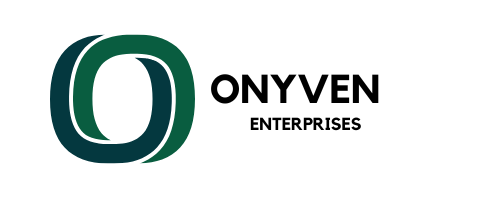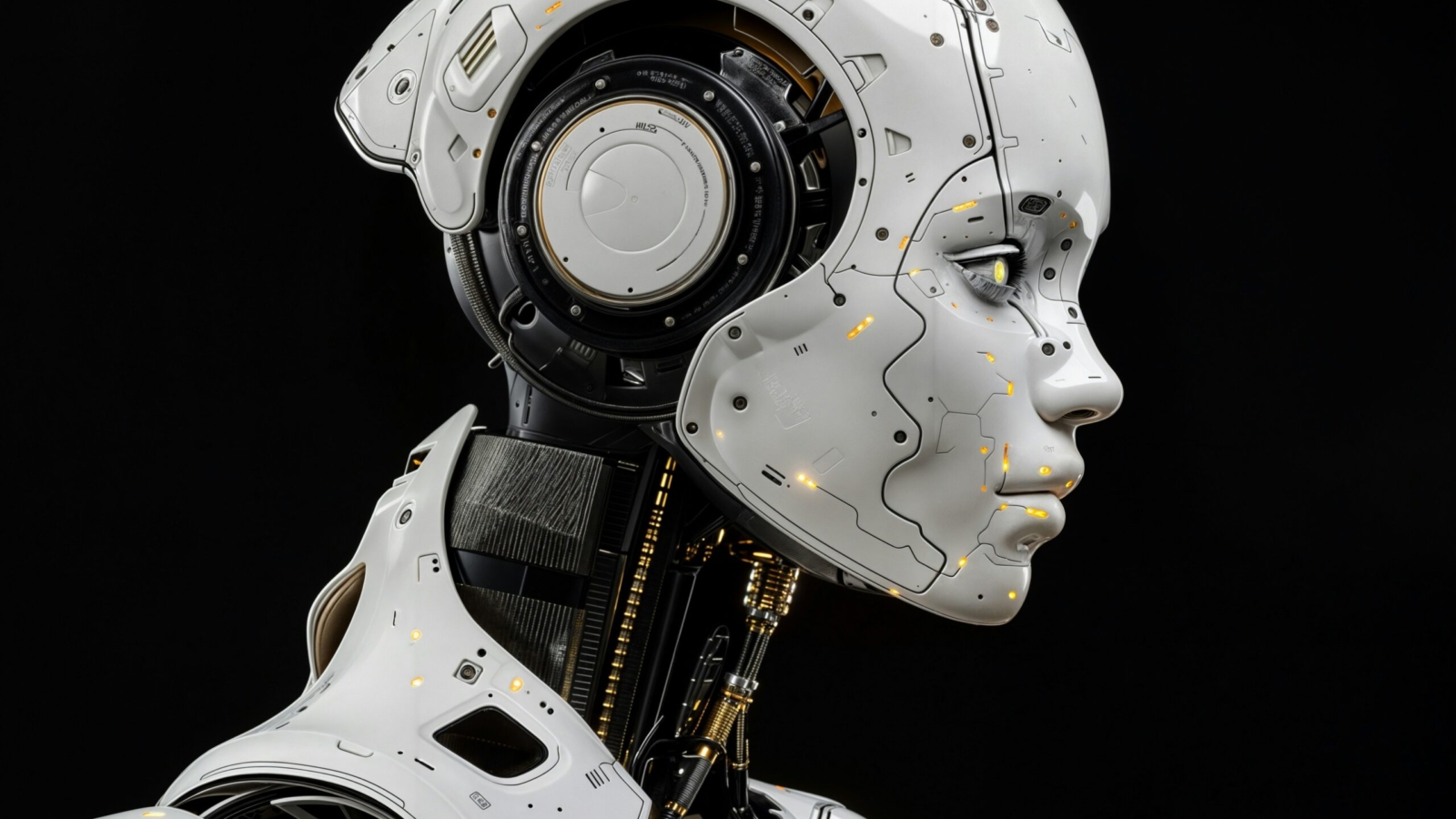Nvidia’s GPU Technology Conference (GTC) 2025 once again proved why it’s the premier event in the world of artificial intelligence (AI) and accelerated computing. From unveiling next-gen GPU architectures to making bold moves into robotics and quantum computing, GTC 2025 showcased Nvidia’s continued dominance — but also revealed key challenges and emerging competition that could reshape the AI landscape.
In this article, we’ll explore the most important announcements from Nvidia GTC 2025, analyze what they mean for the future of AI, and highlight my pick for Product of the Week: a powerful Lenovo AI laptop that offers a glimpse into where personal computing is headed.
GTC 2025 Key Highlights: AI, GPUs, and Robotics
1. Blackwell Ultra GPU Architecture
Nvidia launched Blackwell Ultra, an upgraded version of its Blackwell platform, tailored for high-performance AI inference and reasoning models. With greater memory bandwidth and performance improvements, Blackwell Ultra is aimed at powering the next generation of large language models (LLMs) and AI workloads in data centers.
2. Rubin: The Next-Gen GPU Platform
Looking ahead, Nvidia teased its upcoming Rubin architecture, which is set to replace Blackwell in future AI infrastructure. With a focus on energy efficiency and scale, Rubin highlights Nvidia’s rapid innovation cycle and its push to stay ahead in the AI arms race.
3. Isaac GR00T N1: Nvidia’s Push into Humanoid Robotics
One of the most futuristic announcements at GTC 2025 was Isaac GR00T N1, the world’s first open, fully customizable foundation model for humanoid robots. This marks Nvidia’s entry into general-purpose robotics and aims to accelerate the development of intelligent machines that can work in homes, factories, and public spaces.
4. Quantum Leap: Nvidia Launches Quantum Computing Research Center
Nvidia announced the Accelerated Quantum Computing Research Center (NVAQC) in Boston, signaling its intent to compete in the rapidly advancing field of quantum computing. While quantum is still emerging, Nvidia’s deep expertise in accelerated computing could give it an edge in building hybrid classical-quantum systems.
Areas of Concern: What GTC 2025 Didn’t Deliver
While Nvidia continues to push technological boundaries, GTC 2025 lacked the real-world AI application demos that made past events so compelling. There were fewer examples of AI solving industry-specific problems — an area where Nvidia has previously shined.
In addition:
- AI assistant tools were absent: Nvidia CEO Jensen Huang did not showcase any personal or executive-level AI assistant tools, raising questions about the maturity of AI productivity solutions.
- Robotics was exciting but impractical: While the humanoid robots wowed audiences, many demos leaned more toward science fiction than immediate business utility.
Competitive Pressure: AMD, China, and the AI Hardware Race
Nvidia’s near-monopoly on AI GPUs is increasingly under threat:
- AMD is gaining serious traction with its Instinct MI series GPUs and has become a viable alternative in data center deployments.
- China’s AI chip development is accelerating. Companies like Huawei are working to build domestic GPU alternatives to reduce dependence on U.S. tech amidst ongoing trade restrictions.
- In the quantum computing space, Nvidia enters a crowded field with major players like IBM, Google, Rigetti, IonQ, and PsiQuantum already deep into development.
Gaming No Longer Center Stage at GTC
GTC 2025 also marked a continued shift away from Nvidia’s gaming roots. There were few announcements related to GeForce GPUs, gaming AI, or AI-powered non-player characters (NPCs) — all of which once defined Nvidia’s innovation. With so much focus on enterprise AI and data centers, gaming seemed to take a backseat this year.
My Product of the Week: Lenovo’s AI-Ready Laptop
Amid the AI hardware blitz, one product stood out — Lenovo’s new AI-powered laptop, built on Nvidia’s latest mobile GPU technology. Featuring dedicated AI accelerators, neural processing units (NPUs), and tight integration with local and cloud-based AI models, this laptop represents the future of AI-enhanced personal computing.
Whether for developers, creators, or business professionals, this device shows how AI is moving from cloud data centers into everyday consumer devices — making PCs smarter, faster, and more responsive.
Nvidia GTC 2025 confirmed the company’s dominance, but it also served as a wake-up call. To maintain its leadership, Nvidia must:
- Showcase more real-world AI use cases across industries like healthcare, finance, logistics, and education.
- Enable AI applications, not just infrastructure — helping developers build, deploy, and monetize AI solutions.
- Stay agile against competition, especially from AMD and China’s domestic chip industry.
- Follow through on quantum ambitions while avoiding distractions from its AI core.
- Reinvest in gaming innovation, a space Nvidia once revolutionized and could again with AI NPCs and immersive simulations.
As the AI race intensifies, Nvidia’s future depends not just on faster hardware, but on delivering practical, visionary solutions that empower users across every sector — from the data center to your desk.


Add a Comment